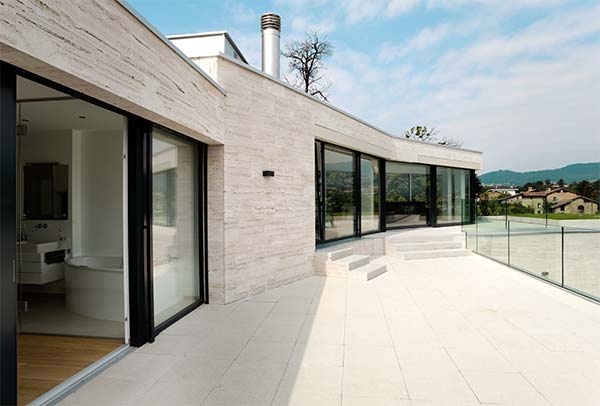
Neighborhood Power Plants: The Future of Energy?
A groundbreaking solar energy experiment taking place in few Brooklyn neighborhoods could change the way we harvest and exchange power in the United States. The “TransActive Grid” experiment allows businesses and homeowners with solar panels to sell excess energy directly to their neighbors, giving them complete control over where their energy goes.[1] This concept has been in practice for nearly two years in the Netherlands, but is new to the United States.
Many states, including Illinois, currently practice net metering. Since most solar panel owners produce more electricity than they consume in a given day, net metering serves as a type of billing mechanism that allows them to export excess power back into the grid. Their electricity meter will then run backwards as the power company provides a credit against any electricity that is consumed at night. Thus, consumers are only billed for their “net” energy usage.[2] One of the major concerns with this system is its inefficiency. According to the US Energy Information Administration, about five percent of all electricity in the US is lost as it travels from power plants, to transmission towers, to meters.
The TransActive Grid experiment demonstrates the possibility for businesses and entrepreneurs to sell a surplus of solar energy directly to other consumers. Although it is currently illegal in the US for individuals to buy and sell energy without the involvement of a utility company, the Brooklyn experiment has operated by using a decentralized digital currency known as “bitcoin”, rather than US dollars.
The Brooklyn communities essentially acts as a micro-grid, as individuals are able to acquire power from close neighbors rather than one conventional power grid. This not only helps reduce energy loss, it can also be beneficial in the event of a natural disaster. Communities would be able to avoid widespread power failures, and, according to Lo3 Energy founder Lawrence Orsini, could also send power to neighboring communities in need.
While the New York City pilot is just the first phase of the solar energy reform, the news is already starting to turn heads in Chicago. Located in a state that has almost days as many days where solar energy can be produced as Florida, the possibility of peer-to-peer energy transactions has potentially enormous benefits for Illinois businesses investing in solar energy. If you are a business owner interested in learning more about this untapped market, or any other aspect of solar energy, contact the professionals at SolarWerks.
At SolarWerks, we keep abreast of all developments in the solar energy industry. Our commercial and residential clients look to us for advice and consultation on the best ways to implement solar energy solutions for their properties. We work on large HUD governmental projects, commercial projects and residential projects. Our breath of experience makes us uniquely qualified to help our clients navigate through the myriad choices and options when it comes to selecting the appropriate applications for their situation. If you are a municipality, business owner, architect or home owner, we can help you design the solution that will produce the best results, in the most economical manner.
[1] Lo3 Energy (lo3energy.com/projects/)
[2] SEIA.org (seia.org/policy/distributed-solar/net-metering)







No Comments